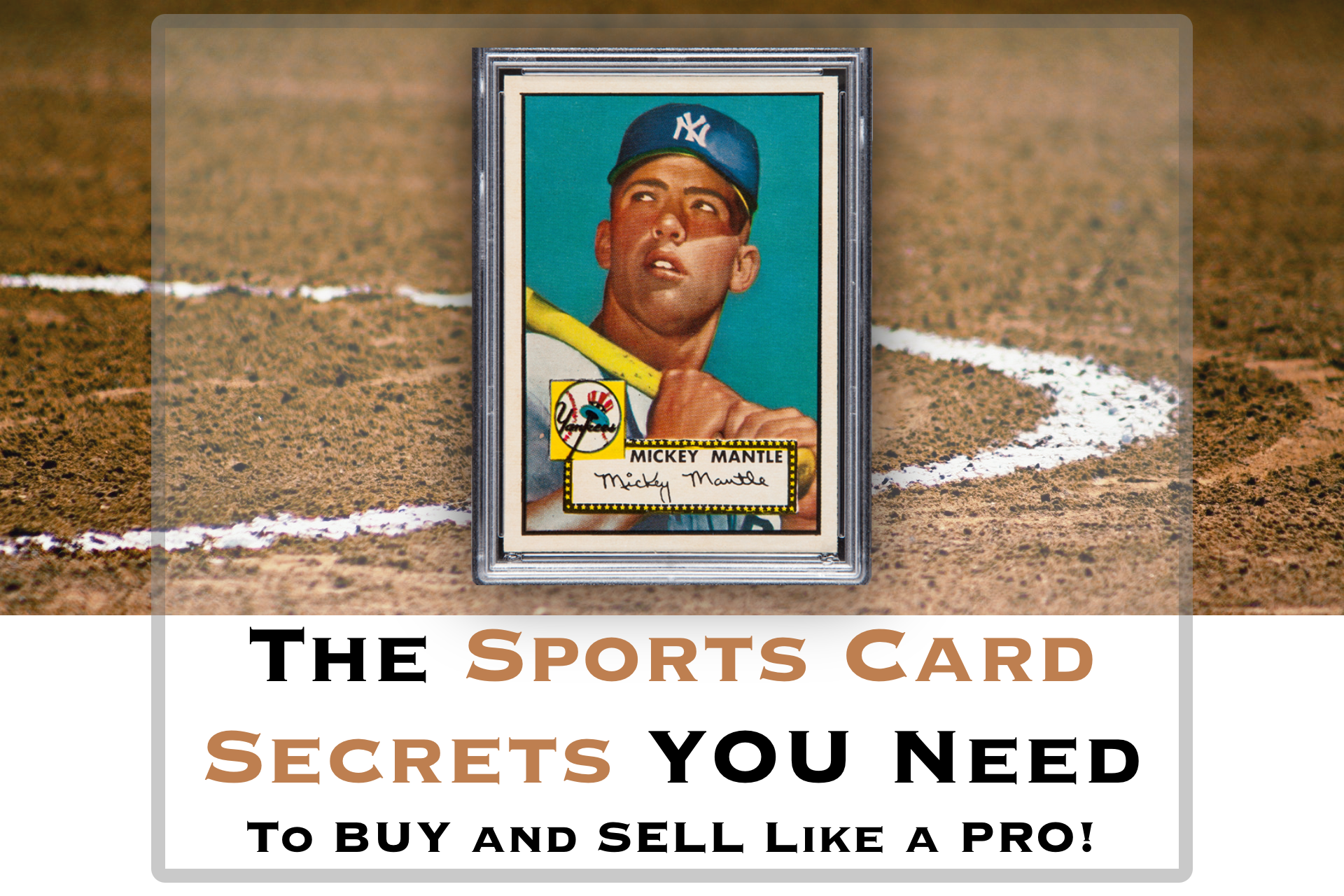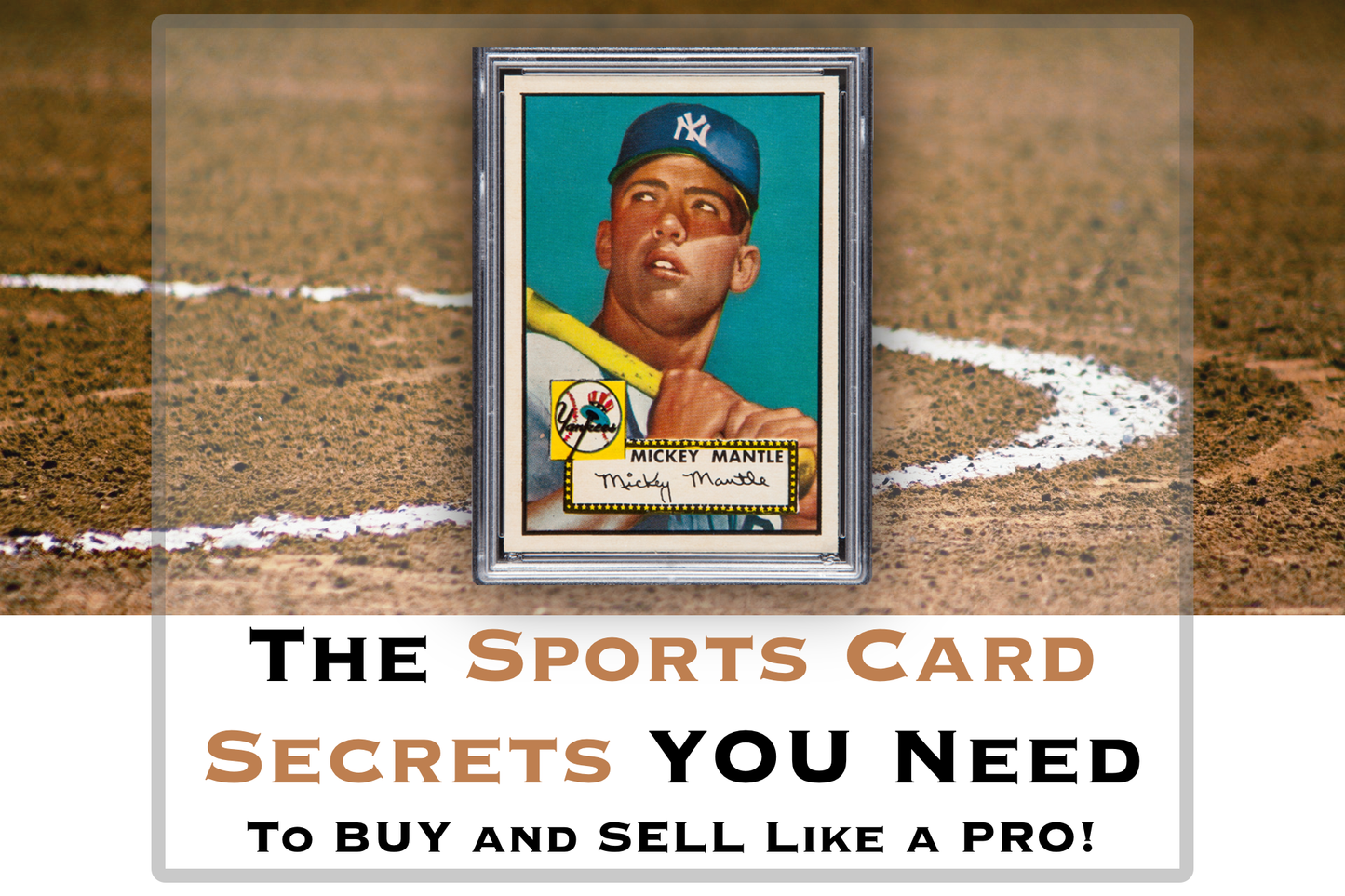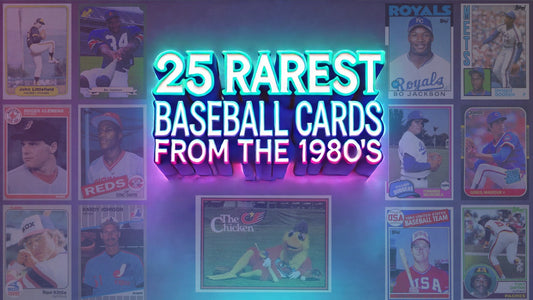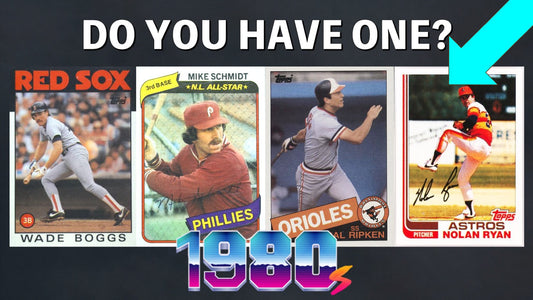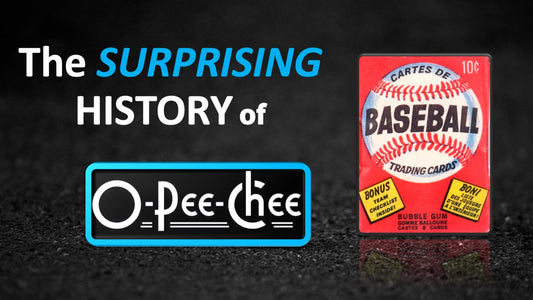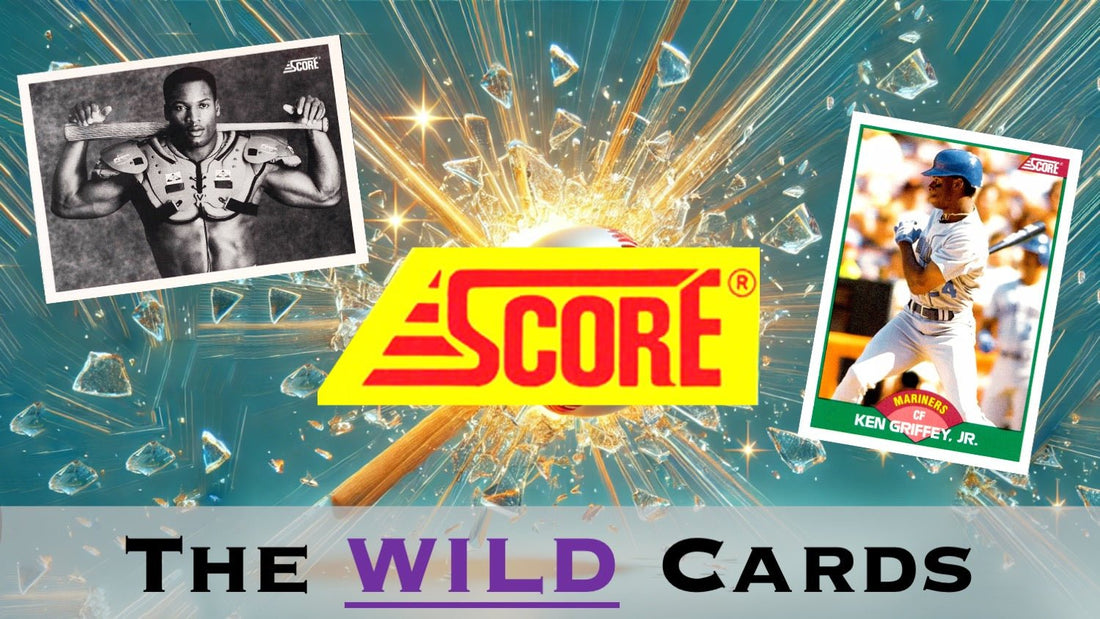
History of SCORE Baseball Cards - A WILD Decade
Imagine Launching a NEW Baseball Card Brand into the HEART of the Junk Wax Era. Seems like a recipe for Bankruptcy...
This is the story of SCORE Baseball cards. Score baseball cards, introduced by Pinnacle Brands (originally known as Optigraphics, Inc.), made their debut in 1988 and quickly became a significant force in the sports card industry. The brand was known for its vibrant, colorful designs and innovative approach to card manufacturing, which set it apart from the traditional heavyweights in the market at the time, namely Topps, Donruss, and Fleer.
Score's roots trace back to Optigraphics, a company founded in 1986, which initially specialized in producing lenticular cards, most notably under the Sportflics brand. However, the company soon realized the potential in the broader sports card market and decided to create a more conventional trading card set. Thus, the Score brand was born in 1988, making an immediate impact with its first baseball card release.
The 1988 Score baseball set was distinctive for several reasons. It featured a 660-card set, with bright, multi-colored borders that caught the eye of collectors. Each card included a high-quality action photograph on the front and an in-depth player biography on the back, a feature that set Score apart from many of its competitors. This focus on rich player information was a significant draw for fans who were interested in the stories behind the players, not just their stats. Score’s entry into the market was timely, as the late 1980s marked a period of growing interest in baseball cards, fueled by both nostalgia and the burgeoning hobbyist culture.
The brand's success prompted Pinnacle to expand the Score lineup, releasing not just baseball but also football, basketball, and hockey cards in subsequent years. In addition to its vibrant designs, Score was also one of the first brands to introduce the concept of "chase cards." These were special, limited-edition cards that were randomly inserted into packs, adding an element of excitement and collectibility. The introduction of these chase cards, such as the Score Rookie & Traded sets, played a crucial role in the evolution of the hobby, setting a precedent that other companies would soon follow.
By the early 1990s, Pinnacle Brands began to experiment with premium cards under the Pinnacle name, but Score remained their flagship brand, particularly appealing to younger collectors due to its affordability and colorful presentation. The brand continued to innovate, introducing features like glossy finishes and gold foil stamping in their higher-end sets. The acquisition of Donruss in 1996 further bolstered Pinnacle’s position in the industry, allowing it to expand its offerings and maintain Score’s popularity.
However, despite these successes, Pinnacle faced financial difficulties, partly due to overproduction and market saturation, issues that plagued the entire trading card industry during the mid-to-late 1990s. The financial troubles culminated in Pinnacle’s bankruptcy in 1998, which led to the cessation of Score baseball cards. The brand, however, left a lasting legacy.
Score cards are remembered fondly for their role in democratizing the hobby by making high-quality, informative cards accessible to a wide audience. Even today, Score sets from the late 1980s and early 1990s are cherished by collectors, not just for their nostalgic value but also for their historical significance in the evolution of sports cards. In retrospect, Score baseball cards represent a pivotal moment in the history of sports memorabilia, marking a transition towards modern, collector-oriented trading cards that combined aesthetic appeal with rich player narratives. #baseballcards #scorebaseball

